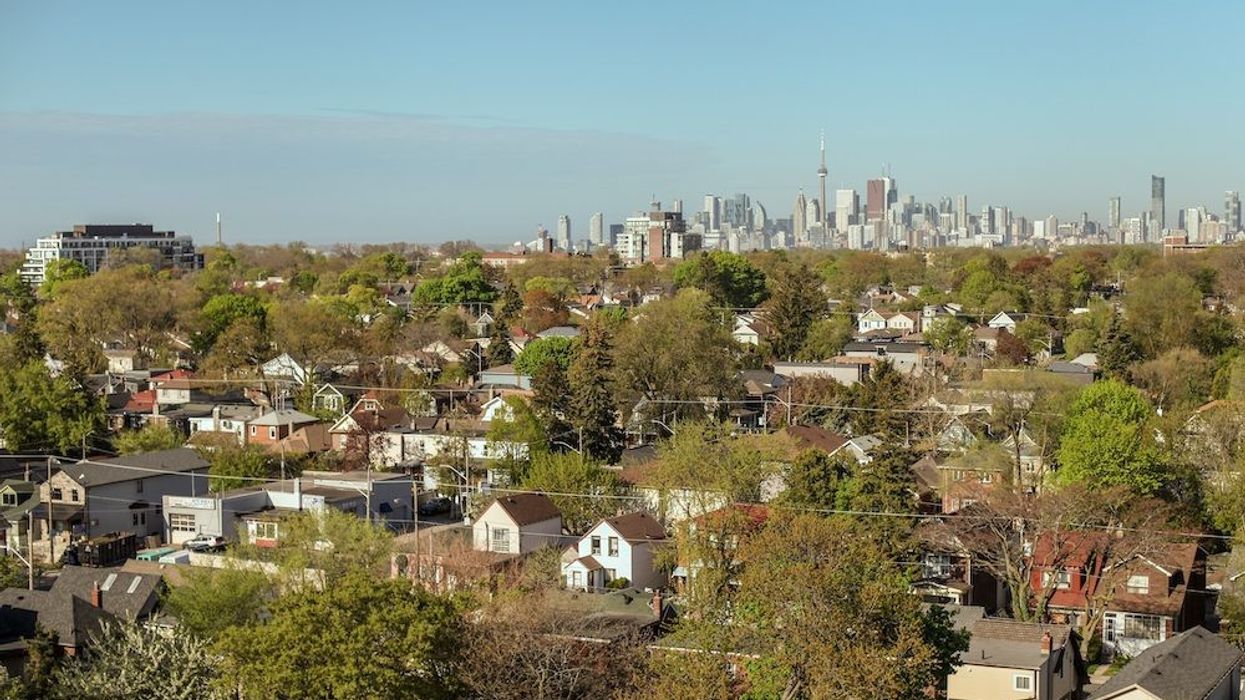Large swaths of residential land in the City of Toronto – commonly referred to as the Yellowbelt – have typically been reserved for single-family detached or semi-detached homes. That is about to change as a result of Council’s decision to allow duplexes, triplexes and fourplexes in all low-rise residential areas.
It’s about time.
We’re expecting at least 700,000 new Torontonians by 2051, and they will need a diverse range of housing options.
Plenty of work remains to be done to make meaningful inroads into the housing supply crisis, but allowing more multiplexes – defined as low-rise housing with two, three, or four units in a single building – will help.
There are already multiplexes in some Toronto neighbourhoods and are a viable option for many different types of households.
The proposal, which was passed by City Council, will remove barriers and enable the creation of more low-rise housing. Amendments will be made to the Official Plan and city-wide zoning bylaw to permit the development of multiplexes of up to four units in a single building in all neighbourhoods.
In effect, the changes will allow more housing density in all low-rise neighbourhoods city-wide while ensuring they largely maintain their built form and landscape amenities.
It is in line with one of the recommendations to tackle the housing supply crisis that RESCON laid out in a 15-point plan released last fall. We felt it was necessary to end exclusionary zoning regulations within the City of Toronto to permit “as-of-right” light density and reasonable densification.
The change goes beyond provisions in the More Homes Built Faster Act passed by the provincial government last November, which allows up to three units on all residential properties in Ontario.
The decision was the right one. We are in an unprecedented housing supply and affordability crisis. We must get more housing built quickly. There has been an uptick in the city’s mid- and high-rise housing development, but the amount of low-rise housing like multiplexes has lagged actual demand.
Current and future residents of the city will need homes of different sizes to meet their needs. Most of the residential development has been in mid- and high-rise apartment buildings. The supply of multiplexes has not kept up with demand. Allowing more multiplexes will help the situation by enabling property owners to create housing for extended families or rental units for tenants.
As the City’s planning staff noted in a report, multiplexes support climate goals by enabling less carbon-intensive construction. Importantly, they provide a housing option that can fit the needs of families, large households, people who want to live in ground-level housing and age in place in their neighbourhoods.
With as-of-right zoning permissions, this type of housing can be delivered relatively quickly as owners will only be required to obtain a building permit rather than Official Plan or zoning by-law approvals.
Support for the changes was overwhelming.
A survey of feedback on the policy changes done by City staff showed that the majority of respondents supported allowing multiplexes of four units across all neighbourhoods in designated areas. Many respondents indicated there is a need for more than four units to adequately solve the lack of housing options.
Eighty-three percent of the respondents supported the proposal to amend the Official Plan, and 87% were in favour of amending the permitted building types in all residential zones to permit multiplexes.
Meanwhile, 81% were supportive of removing the proposed restriction on the maximum number of storeys allowed in a multiplex.
The city is planning to build 285,000 new housing units by 2031. The figure represents a 23% increase in Toronto’s housing supply within 10 years. To reach that, 31,050 homes a year would have to be completed, approximately double the average number of units built annually between 2017 and 2021.
As City Councillor Brad Bradford has rightly noted, allowing more multiplexes will not be the silver bullet to solve Toronto’s housing problem. The city faces a formidable task, but permitting more multiplexes is a good start.





















